We largely just go along with what the school decides our children should learn and with how this learning should happen. However, schools often have a narrow view of learning and how it can be achieved. Under everyday pressures, and drawing on a history of practice, schools tend to spend a lot of time focusing on mechanistic matters. The purpose of education seems to be subsumed by processes and structures, dominated by an overemphasis on what might be seen as component parts of any wider goal (e.g. types of behaviour, grades, particular bits of subject knowledge, certain skills, school identity). Consequently, many learners can be disabled by what schools offer and expect.
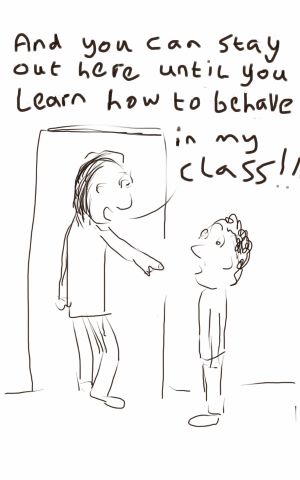 Doing the everyday
Doing the everyday
Research would suggest we should be doing it differently. The pedagogic approaches which have been shown to be effective are accessible for all practitioners (and for parents at home!). It is about giving people feedback and helping them to understand why they are learning something. It involves support from peers, learning with others, but also being expected to take responsibility for your own learning. Research into effective support for special education also recommends practices that build on traditional teaching skills and do not require extensive training or deep knowledge of individual impairment characteristics. The key to their success is teachers’ expectations of themselves and others in the learning space. Everyday inclusive outcomes are only deliverable when everyone is involved in the process, sharing their knowledge and experiences, particularly if they are engaging with a community of learners. In the lockdown imposed during the COVID-19 pandemic, of course, this wider engagement can seem like a challenge, but virtual spaces can be fantastic for this too. It is about creating a routine that gives learners the opportunity to experience things in lots of different ways, using a variety of resources and activities, as well as being able to use different media, so that they can engage all the senses.
Being creative
Everyday approaches to teaching also emerge from the empirical research into creative pedagogies. They rely upon an open ethos and high degree of acceptance of children’s ideas, setting aside time for learners to explore resources and generate ideas. They seek authentic, real-world, practical, open-ended problems, that allow for imaginative scenarios and extended projects. They focus on generating and exploring ideas, encouraging autonomy and agency, playfulness and problem-solving, involving co-constructing, collaboration and teacher creativity. They recognise a need for direction, boundaries and support, as well as for the teacher to be a creative role-model, but they also advocate independence and choice and having high expectations of the children. At their heart is risk-taking, an acceptance of failure and an embrace of experimentation.
A better place to be?
The deep irony about these research findings is that research shows that teachers tend not to base their practice on research. Within the constraints of our curriculum and assessment framework, teachers tend to echo back how they experienced formal learning. It is a very human response, but it does mean that school is not the best place to find the practices which support learning for all. Perhaps home can be?
5 Top Tips
- Learning is a social activity. If you do not know, enjoy finding out together. Fun makes learning memorable.
- Start with what your child knows and have a clear sense of what they could achieve. Have high (but not too high) expectations.
- Find a way to make what you are learning about relevant and meaningful to your child
- Keep listening and be willing to change what you are doing. You will have a lot to learn too. Be happy if something unexpected happens.
- Don’t be constrained by a traditional curriculum. Use a variety of resources, media and activities that engage all the senses.
Further reading
- Rix, J., Hall, K., Nind, M., Sheehy, K. and Wearmouth, J. (2009) ‘What pedagogical approaches can effectively include children with special educational needs in mainstream classrooms? A systematic literature review’, Support for Learning, 24(2) pp. 86–94. Available from http://oro.open.ac.uk/17877/
- Cremin, T. and Chappell, K. (2019) ‘Creative pedagogies: a systematic review’, Research Papers in Education (Early Access). http://oro.open.ac.uk/66250/
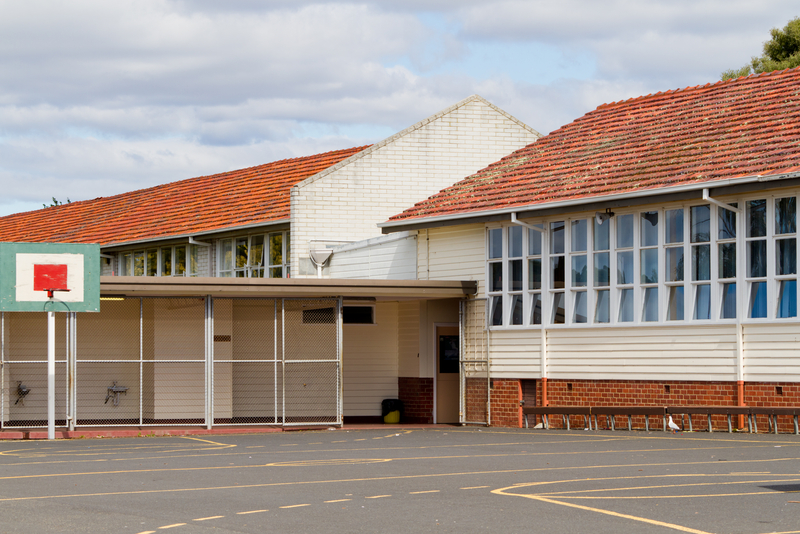
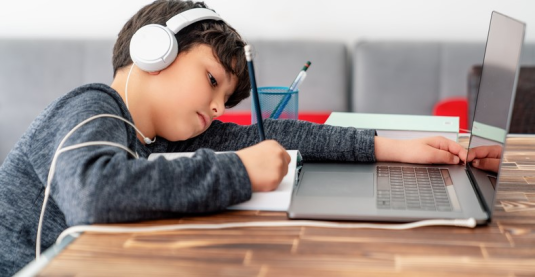

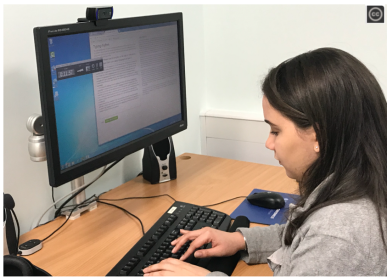
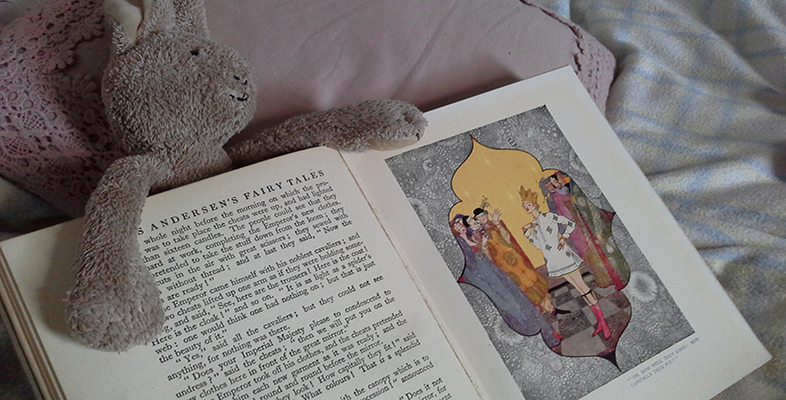

Rate and Review
Rate this article
Review this article
Log into OpenLearn to leave reviews and join in the conversation.
Article reviews